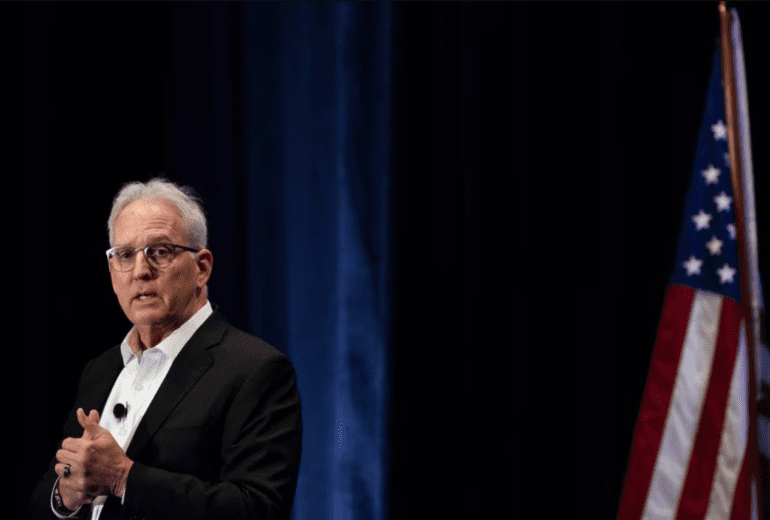TL;DR:
- Craig Martell, Chief Digital and AI Officer of the U.S. Department of Defense, reveals operational constraints due to insufficient appropriations from Congress.
- Martell emphasizes the need to prioritize critical AI initiatives within the department despite having to sacrifice certain projects.
- The absence of a finalized defense budget for fiscal year 2024 and the prevalence of continuing resolutions exacerbate funding uncertainties, impacting talent acquisition and AI development.
- The Department of Defense proposed a $1.8 billion budget for AI initiatives in fiscal year 2024, reflecting the crucial role of AI in modern military operations.
- Despite challenges, Martell remains confident in the resilience of the Pentagon’s AI office and underscores the importance of strategic resource allocation.
Main AI News:
In a recent revelation, Craig Martell, the Chief Digital and AI Officer (CDAO) of the U.S. Department of Defense, shed light on the operational hurdles arising from insufficient appropriations from Congress. Martell candidly acknowledged the need to prioritize critical endeavors within the department’s artificial intelligence (AI) office, even if it means sacrificing certain initiatives. “We must strategically allocate resources to sustain essential operations,” Martell emphasized during a press briefing on February 22nd.
The absence of a finalized defense budget for fiscal year 2024, combined with the prevalence of continuing resolutions, has engendered an atmosphere of uncertainty. This protracted funding ambiguity not only affects talent acquisition and training programs but also undermines the development of AI scaffolding, crucial for optimizing models for military applications, Martell elaborated.
Addressing attendees at the Defense Data and AI Symposium in Washington, Martell underscored the magnitude of the challenges posed by the ongoing budgetary impasse. The Department of Defense had proposed a budget of $1.8 billion for AI initiatives in fiscal year 2024, reflecting the pivotal role AI plays in modern military operations.
Despite these obstacles, Martell remains resolute in his conviction regarding the significance of the CDAO’s mission. Leveraging his extensive experience in both private and public sectors, Martell emphasized the growing importance of AI and pattern-recognition capabilities. Furthermore, he underscored the indispensable role of AI advancements in supporting the Defense Department’s strategic imperatives, particularly amidst escalating digital competition, notably from China.
Martell characterized the budgetary challenges as an intrinsic aspect of the political landscape in Washington. “We must navigate these fiscal challenges with strategic precision,” he affirmed, expressing confidence in the resilience of the Pentagon’s AI office amidst fiscal uncertainties.
Conclusion:
The Pentagon’s AI office faces significant challenges due to funding uncertainties, impacting its ability to innovate and develop AI capabilities. This underscores the importance of stability in government appropriations for AI initiatives and highlights the potential implications for the broader AI market, emphasizing the need for strategic planning and resilience in navigating fiscal uncertainties.

